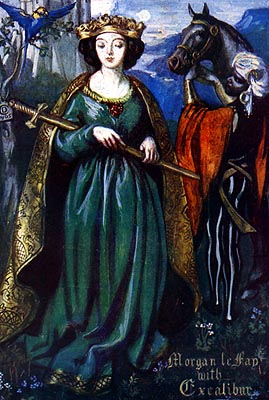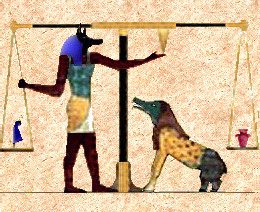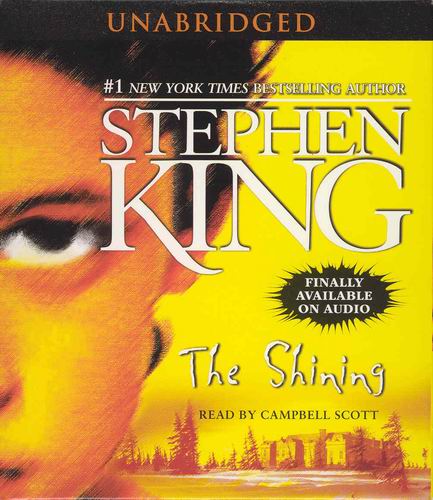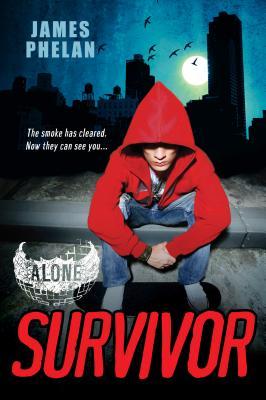Blood Sinister
by Celia Rees
Tulamarine, Vic.: Bolina Audio
2007
Performed by Shirley Barthelmie
5 sound discs (5 hours, 10 minutes)
Do you like a good vampire story? I do. And don't give me any sparkly vampires in love. I am more a Dracula traditionalist when it comes to vampire stories--darkness, casket in the cellar, menacing and driven to feed, and stake through the heart. Thankfully, Celia Rees has provided these elements in her tale, and I was not forced to turn off the recording in disgust.
Ellen is a terminally ill teen and nobody seems to know what is wrong with her, only that she seems to have a rare blood disorder. She is essentially wasting away and her mother and grandmother treat her like a piece of very delicate china. Of course, this makes her a little disgruntled, since all Ellen wants is to be normal and do normal teen things. Her mother sends her to stay with her grandmother who is nearer to the doctors being consulted on her problem. How convenient that Grandma lives right across the street from a very large, creepy cemetery!
 |
| Remember Highgate from the Graveyard Book? |
While Ellen is lounging around trying not to overdo it, she discovers a trunk of old papers, photos, and diaries in the attic. These are documents by her famous great-great-grandmother Ellen (I'll call her Ellen 1) who became a famous doctor in the late 1800s. Of course, teen Ellen can't resist reading the diaries of her famous ancestress; besides it's something to do.
Soon, Ellen becomes fascinated on the point of obsession with the diaries. Ellen 1 describes her life as the daughter of a doctor, and one of his patients is a count from central Europe is quite mysterious. Teen Ellen thinks, as she reads, that this man sounds very much like a vampire, with his strange habits, and she becomes quite worried about Ellen 1's relationship with this man. Her doctor father is forcing her to spend more and more time with him and his strange sister, who start to buy her gifts and then make plans for her to travel with them. How will she get out of it?
Teen Ellen is relieved from some reading anxieties by a friend's visit from her own past. She begins to tell Andy about the diaries and he also becomes fascinating, adding that he has heard of vampires lurking in the cemetery across the street.
As Ellen reads further into the story of Ellen 1, events surrounding her also become more mysterious, especially when she gets a new doctor to treat her strange condition. Who is this American doctor and why does he know so much about her and her great-great-grandmother? Luckily Ellen has Andy and other friends to help her in the end.
I liked the historical/horror fiction combination here. Some might find it confusing to go back and forth between Ellen 1 and Teen Ellen, but with the audio book I was able to keep their stories straight quite well. I could see the obvious connection to the old Bram Stoker story, and since this is my ideal for vampire stories, I enjoyed Blood Sinister quite alot.






























